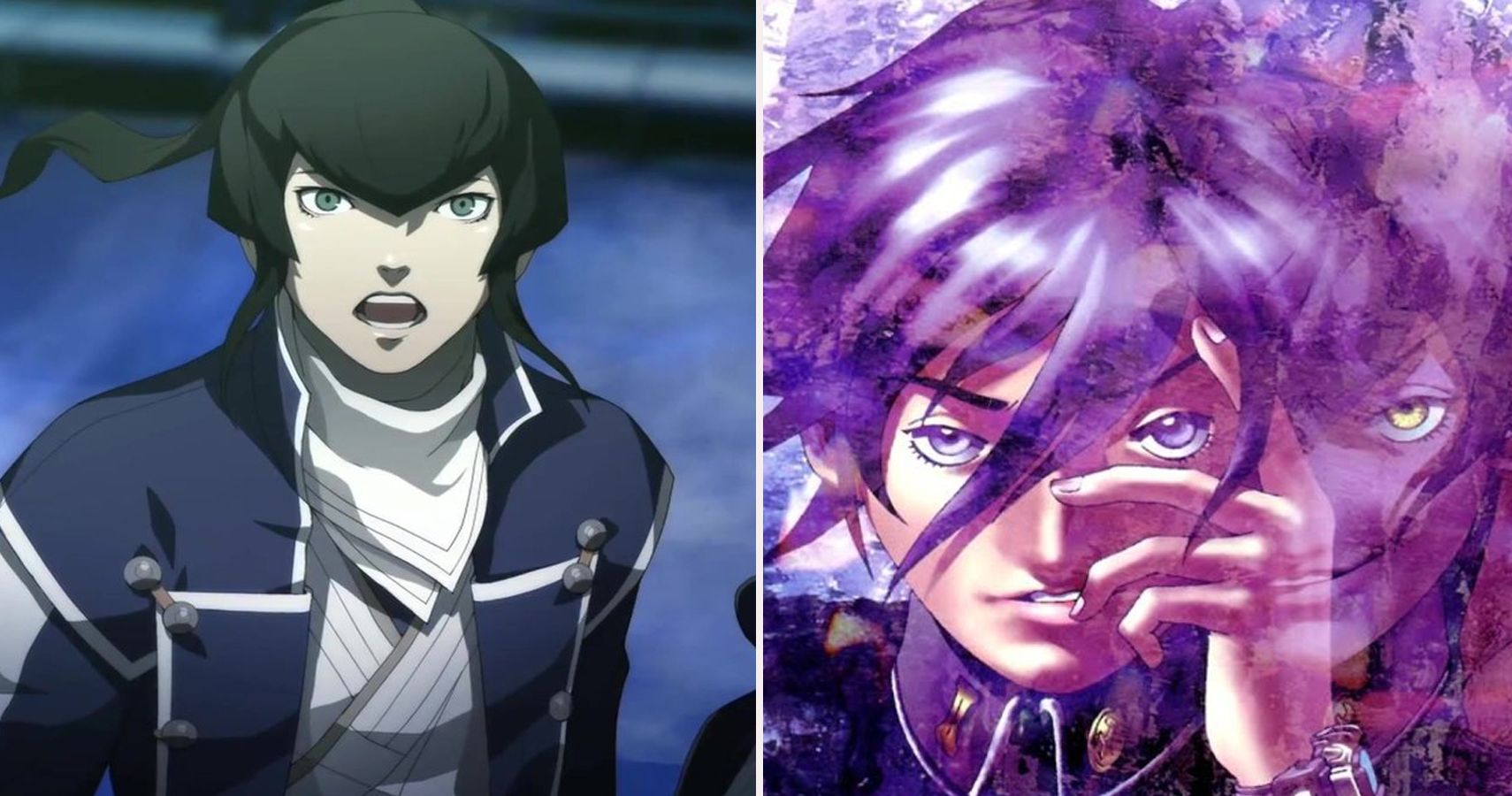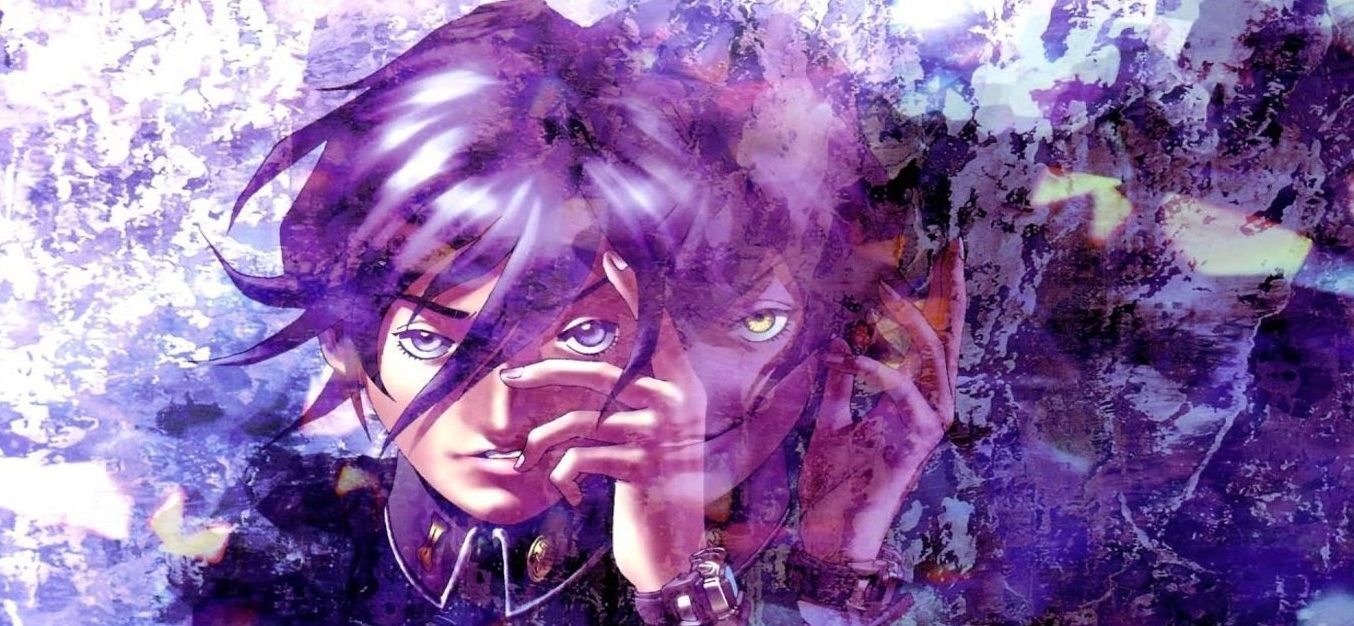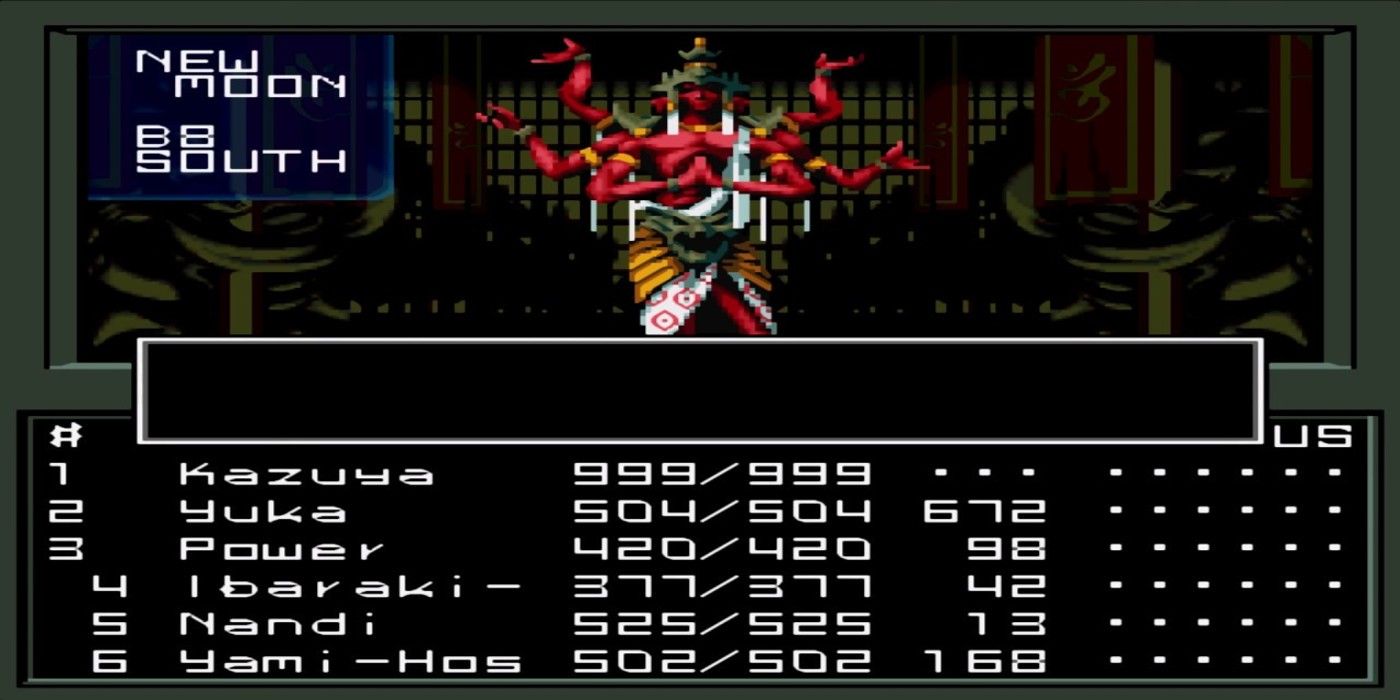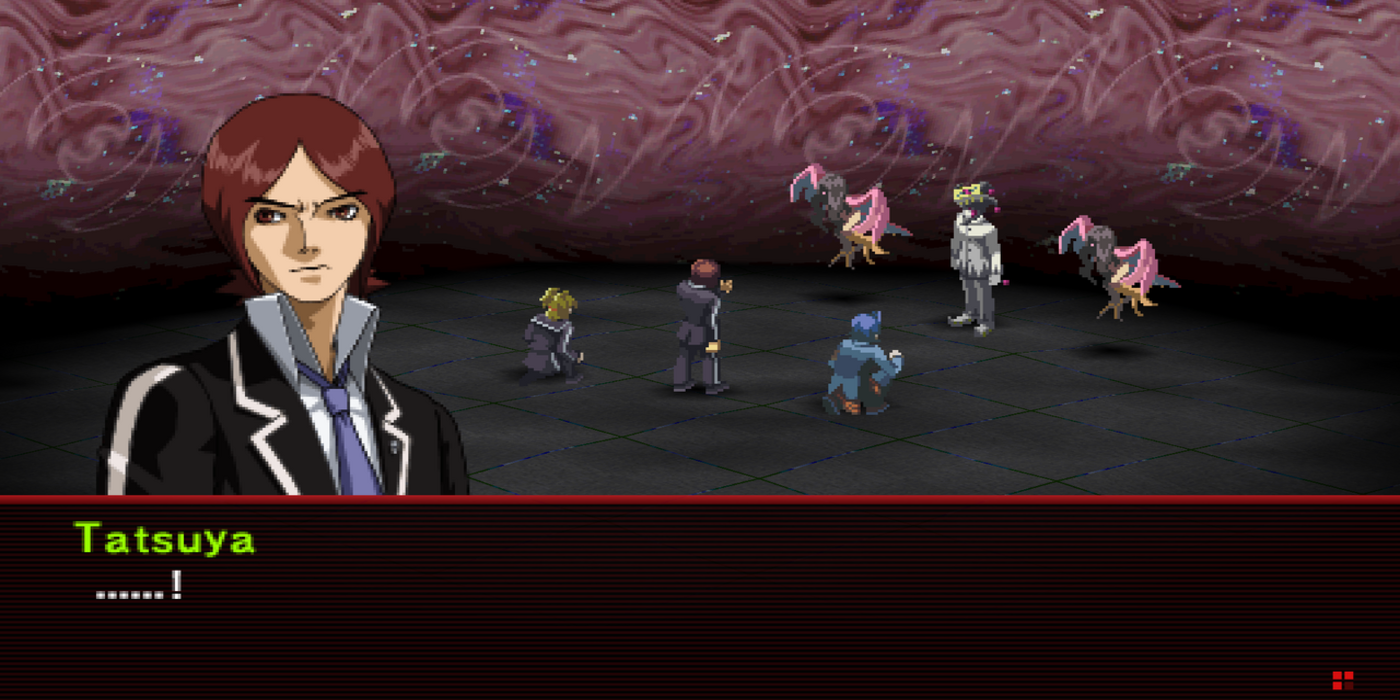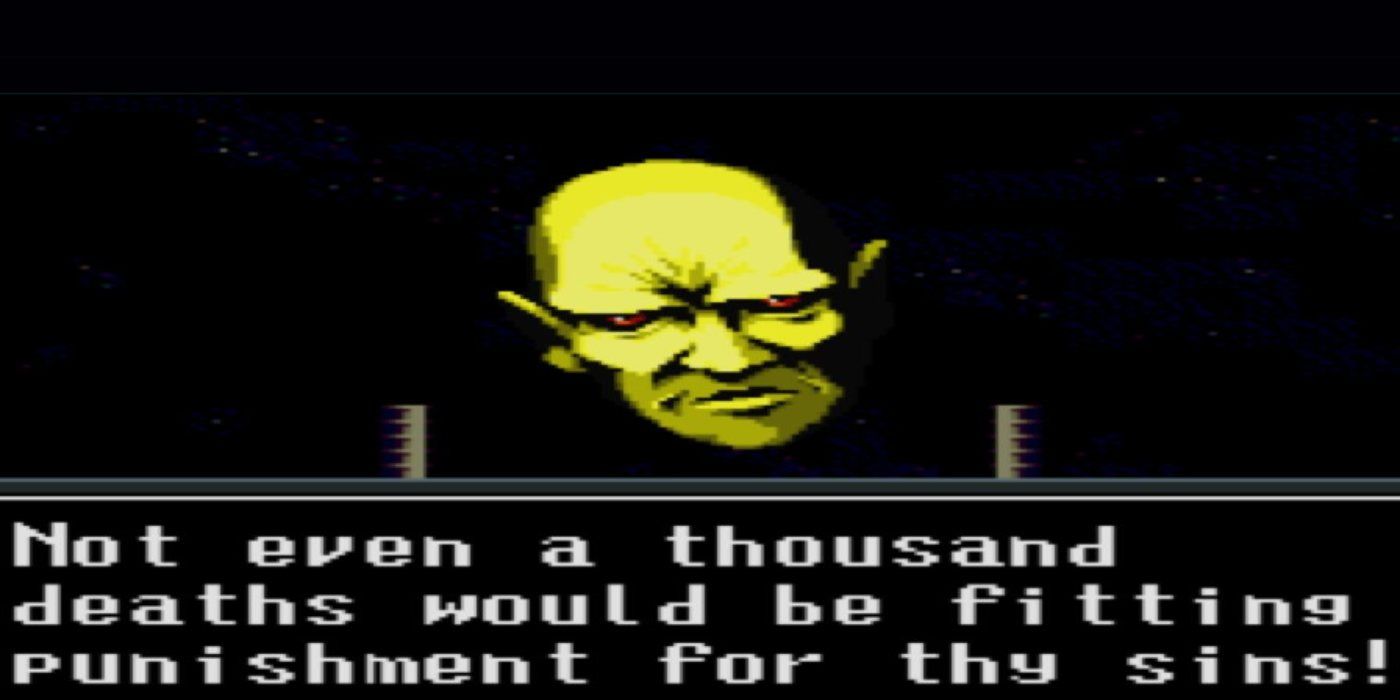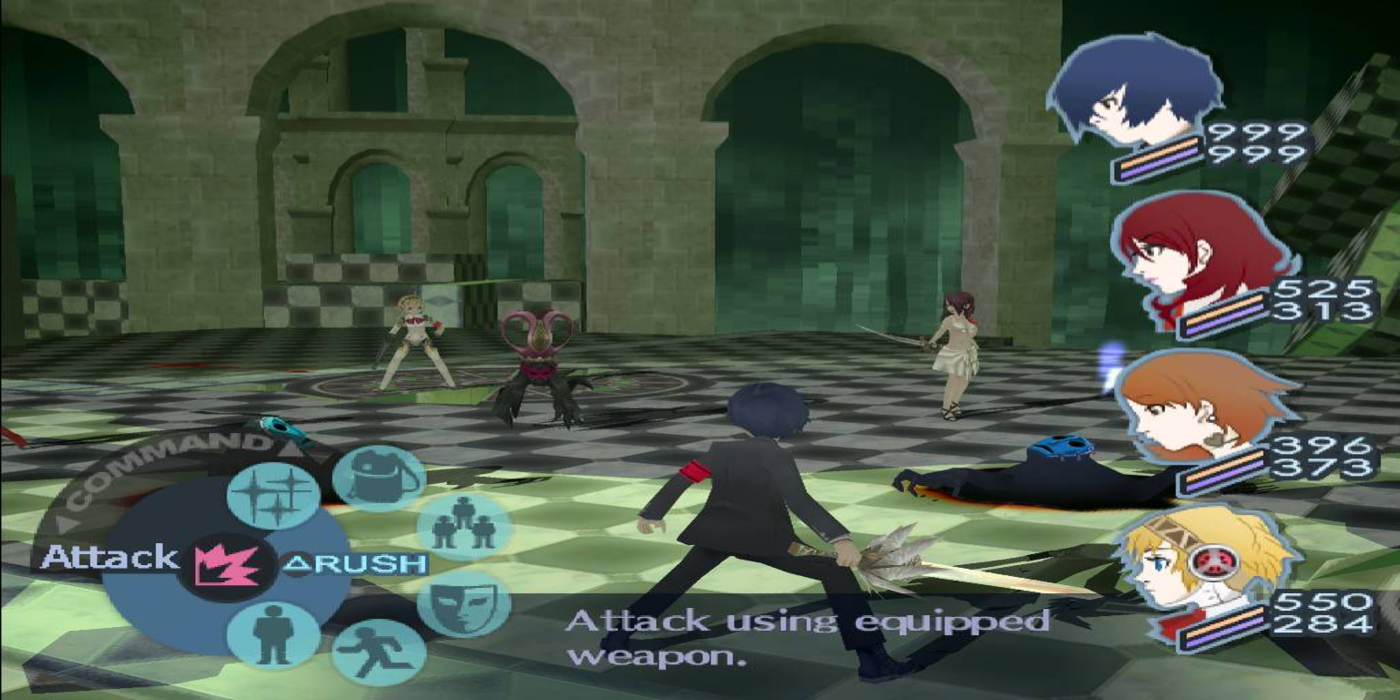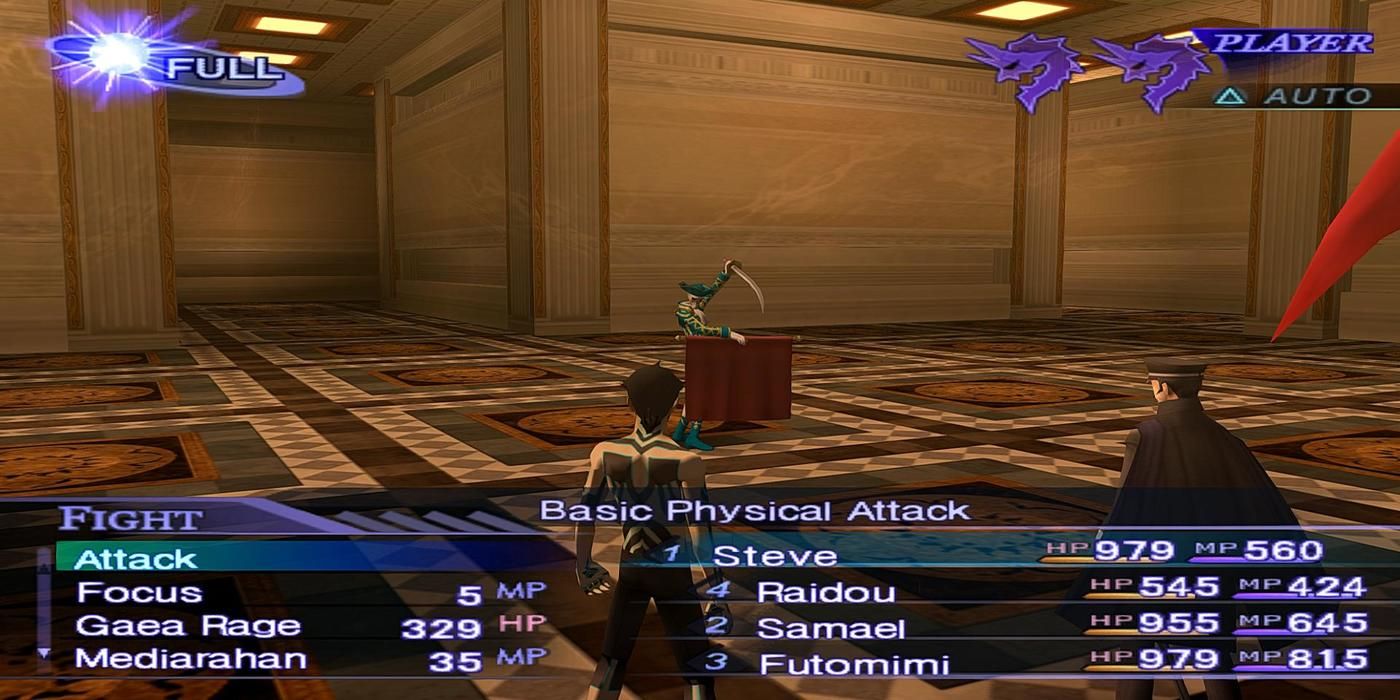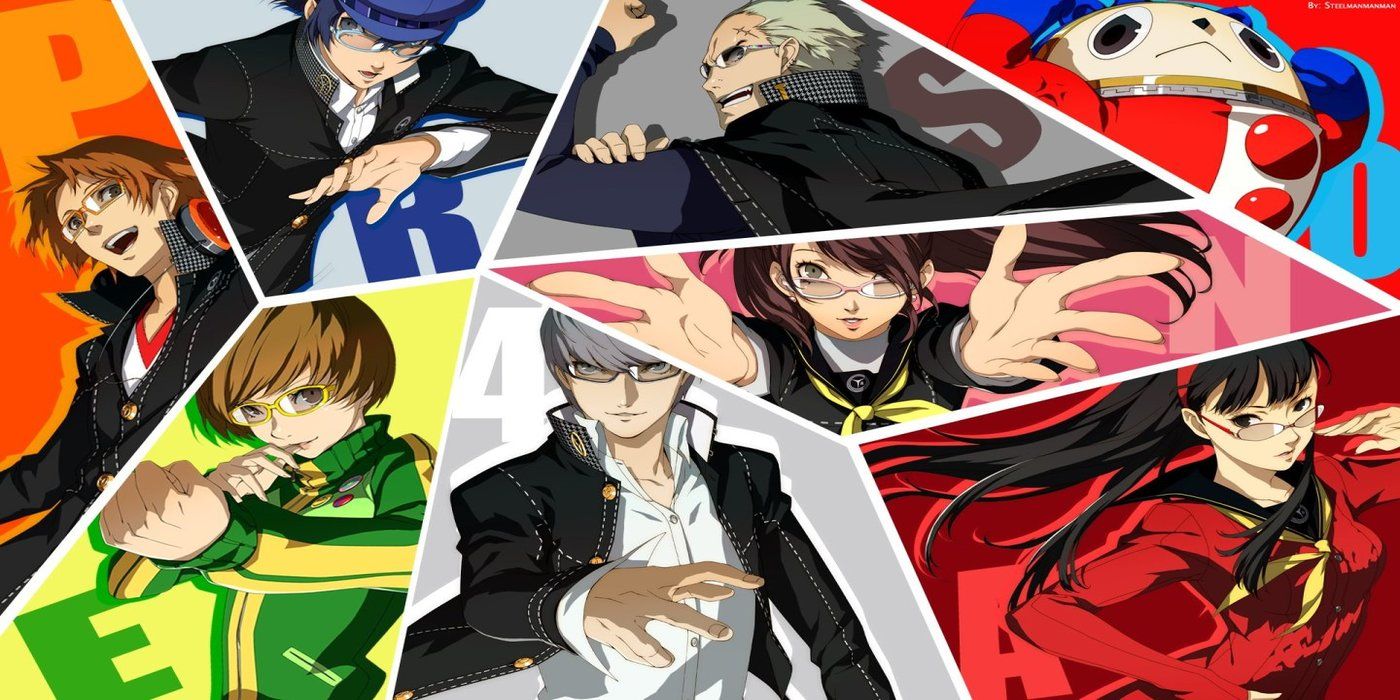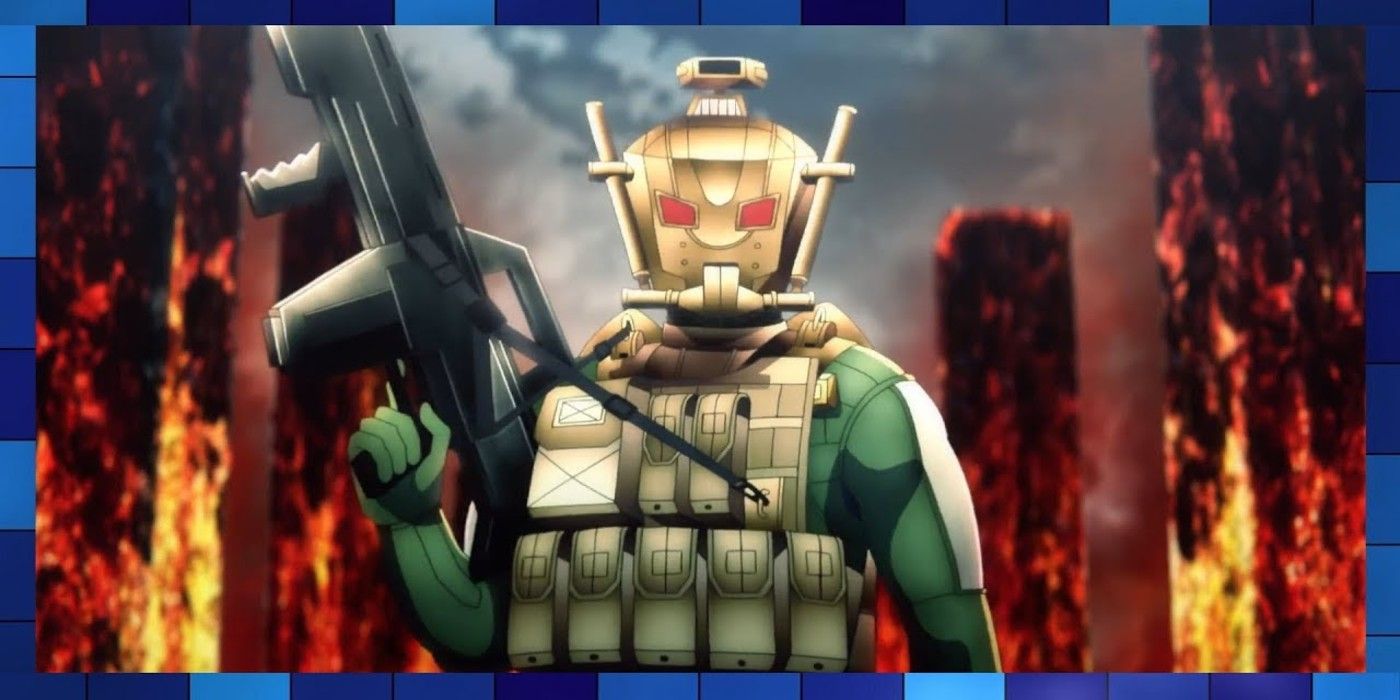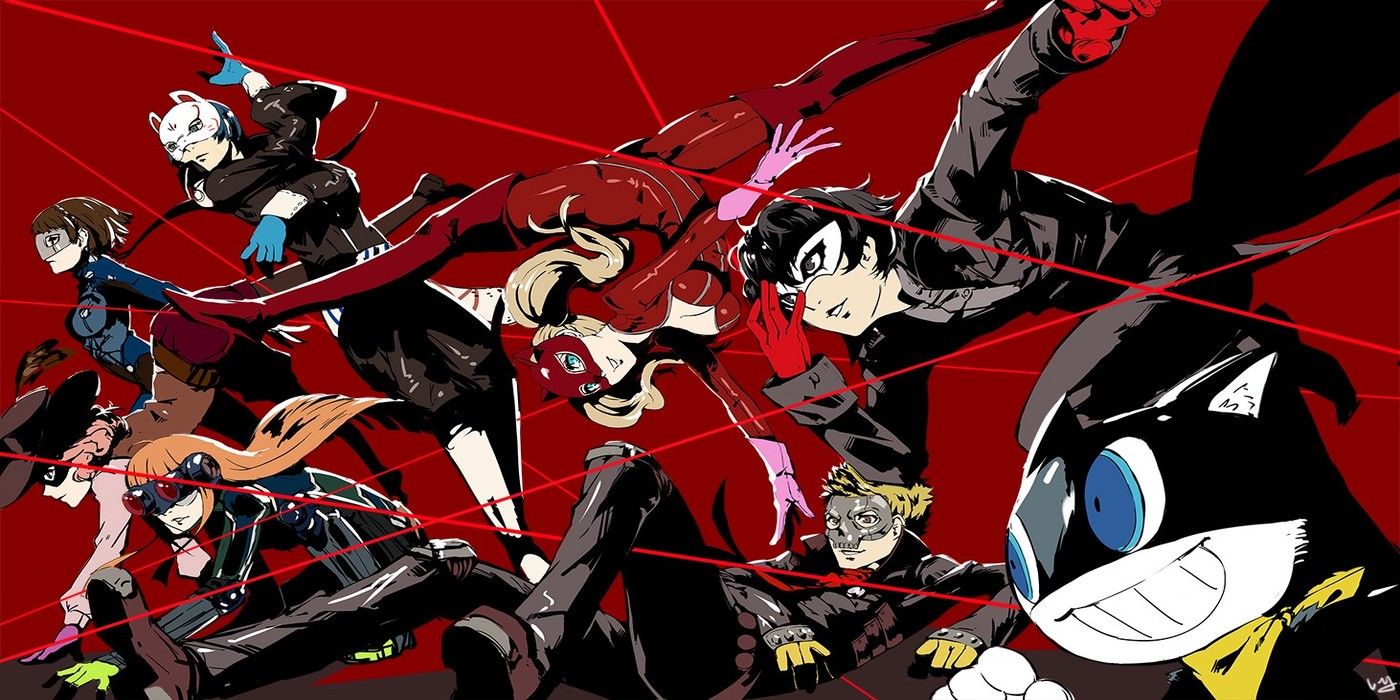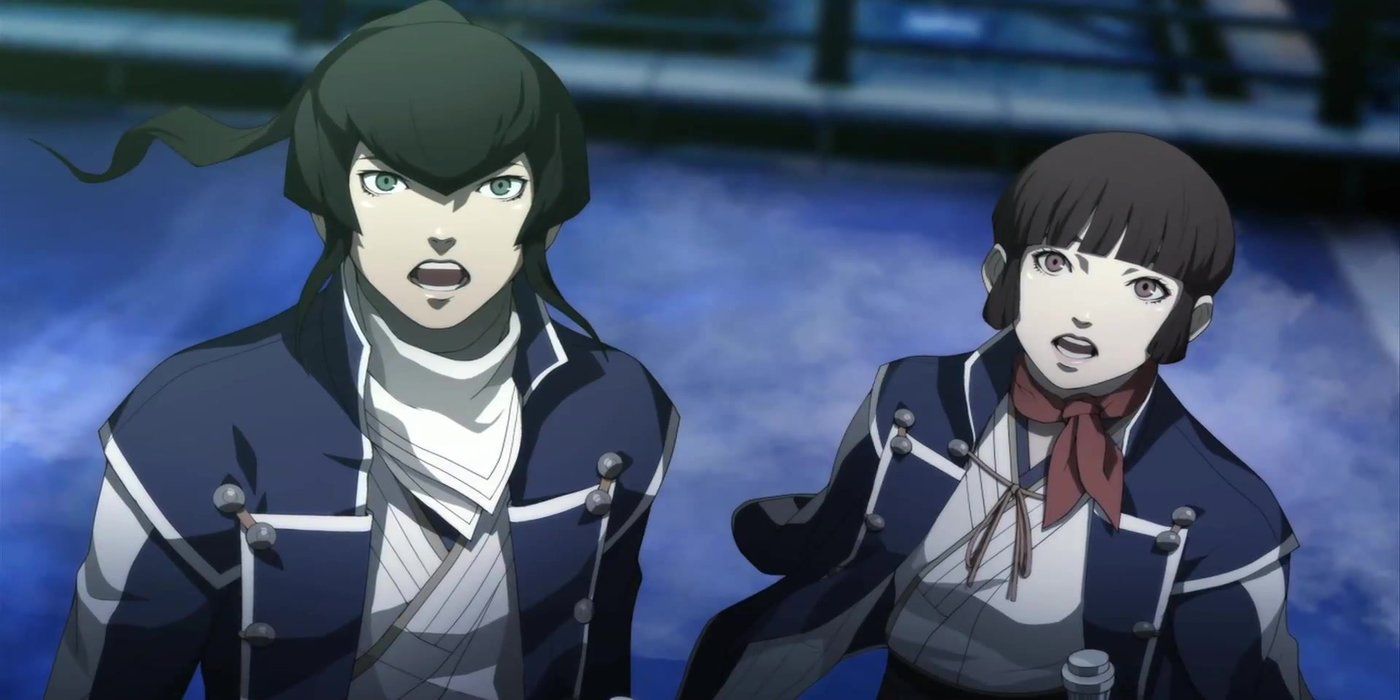Connected by the Super Famicom’s Shin Megami Tensei: If… Persona and Shin Megami Tensei are two sides of a very strange coin. The former was born from the latter, but it’s not quite right to call Persona a spin-off. The franchises have their similarities, but Persona has always had a strong identity of its own– one that can exist outside of SMT.
At the same time, both series do share quite a few similarities. It would be foolish to deny how they overlook, especially in a world where Shin Megami Tensei IV: Apocalypse has shades of Persona and Persona 5 has shades of Shin Megami Tensei. The lines are being blurred, but they’re still distinct enough where fans will almost always prefer one over the other. Here's why.
10 Persona: More Accessible
One immediate point towards Persona is the mere fact that it’s a more accessible franchise. The first three games (Persona, Innocent Sin, Eternal Punishment) are much easier to get into than SMT’s first three games (I, II, and If…) if only because the latter feature first-person dungeon crawling elements – something most gamers today likely won’t find appealing (though they’re all great games.)
The Persona series is also much easier than Shin Megami Tensei. The earlier games are hard (for the most part,) but Persona 5 is a pretty easy game to just get through. Shin Megami Tensei, on the other hand, can be pretty unforgiving. Those who want a more relaxing playthrough are better off with Persona.
9 SMT: More Hardcore
Hard isn’t a bad thing, though, and Shin Megami Tensei thrives off it. This isn’t going to appeal to a lot of people– even some fans of Persona– but there’s a lot to appreciate about a hard game. SMT forces players to play strategically, to be careful. Persona does too but to a lesser degree.
Shin Megami Tensei is also more cryptic. There’s always a sense of direction and progression in Persona (especially the modern entries), but SMT sticks to its traditional RPG roots for the most part. Apocalypse has streamlined the series a bit more, but that’s not necessarily a bad thing and SMT V will likely shake things up whenever it releases.
8 Persona: Longer Stories
Longer doesn’t always mean better, but that does tend to be the case for most RPGs. Most fans of the genre pick up new titles with the understanding that they’ll be sinking in a considerable amount of time into whatever they’re playing. Of course, many RPGs end up outstaying their welcome, but that isn’t quite the case with Persona.
To be fair, Persona 1 through Eternal Punishment are about as long as the average SMT game, but Persona 3 through 5 are lengthy affairs. P3 and P4 can take anywhere from 60 to 80 hours for a first playthrough, and most players find themselves pushing 100 hours before the end of Persona 5.
7 SMT: Better Paced Stories
On the flip side, those later Persona games end up with serious pacing issues. Persona 3’s second act doesn’t have much in the way of narrative progression; Persona 4 takes too long to open and drags out its ending; and Persona 5’s pacing is fairly inconsistent all throughout, hitting a real rough patch around September.
None of Shin Megami Tensei games have any real pacing issues. They’re not short, but they move briskly from beat to beat. Even Strange Journey, the game that keeps players locked inside of single dungeons for the longest amount of time, is incredibly well-paced.
6 Persona: Unique Battle Systems
Persona doesn’t have a single set battle system between games (although 3 through 5 share obvious similarities), but that’s not necessarily a bad thing. Persona 1 mixes guns, melee attacks, and demon negotiation into its battle system, while Persona 2 removes guns but refines combat.
Persona 3 then ditches negotiation entirely, using a brand new Persona recruitment system, while adding a weakness system. Not just that, party members are no longer controllable, requiring players to strategize more often and use actual tactics. Persona 4 builds off P3 rather naturally albeit with party control, and Persona 5 brings back guns and negotiations, feeling like a nice blending of the series’ battle systems.
5 SMT: Better Battle System
Of course, this approach to battle also means there isn’t a real sense of combat progression from game to game or a definitive “best” style. Shin Megami Tensei, on the other hand, has only improved with time, each main game building off the last. Where the first two games play out like rather traditional JRPGs with their own quirks, Nocturne introduces the Press Turn system, one of the best battle systems in the genre.
Persona actually adopts a variation of the Press Turn system from 3 onwards, but the SMT games handle them best. SMT IV then added Smirking, widening the risk and reward of the Press Turn system, while Apocalypse refined every little detail with plenty of unobtrusive QoL elements. SMT V is bound to be one hell of a game.
4 Persona: Better Character Writing
Shin Megami Tensei has great characters, but it would be silly to act like Persona’s ever-growing cast isn’t better written on a whole. Persona 1’s cast doesn’t have too much depth, but everyone is well written and the characters who do have arcs stand out among the franchise's best.
Just about everyone across Persona 2 and 3 are well written, and both Persona 4 and 5 have plenty of standout characters. SMT’s characters thrive off of what they represent and their thematic roles in their respective plots. That’s not bad and it’s perfect for Shin Megami Tensei, but Persona’s characters will resonate with audiences both easier and better.
3 SMT: Better Spin-Offs
As long-running series, it goes without saying that Shin Megami Tensei and Persona have their fair share of spin-offs. Unfortunately for the latter, its spin-offs have released in a rather “shameless” era for Atlus. Dancing All Night, Q, Arena– they’re all varying levels of good, but the Persona spin-offs aren’t great.
Shin Megami Tensei, on the other hand? Incredible. The Devil Summoner games are all top notch, Devil Survivor is a great strategy RPG, and the Digital Devil Saga duology is probably the best thing to come out of Shin Megami Tensei, period. Strange Journey is a spin-off so good, most considered it SMT IV for a long time.
2 Persona: Relatable Modern Day Setting
Persona’s modern-day setting offers something few games do. It’s not often that an RPG allows takes place in such a relatable setting. Everyone’s been through school, but Persona captures those day to day moments exceptionally well– Persona 3 through 4 at least. There’s a sense of progression just by getting to the end of the day.
Persona’s world feels livable, even with demons and Shadows running amok. While P3 onwards keep the games fairly grounded, Persona 1, Innocent Sin, and Eternal Punishment all do a good job at turning the real world on its head– capitalizing on the relatable setting in a different way.
1 SMT: Insanely Cool Post-Apocalyptic Setting
School is fun and all, but there’s just something so compelling about exploring a post-apocalyptic wasteland. In the cases of Shin Megami Tensei I and Nocturne, players actually get to be in the world before it turns, really settling in the inherent terror of existence fundamentally changing.
Strange Journey takes place right before an apocalyptic event for more perspective, and both Shin Megami Tensei II and IV do an excellent job at showcasing post-apocalyptic worlds that have already been lived in. SMT’s lore also ties into its setting in a much more compelling way than Persona’s– though the two are connected through the Amala Network.

